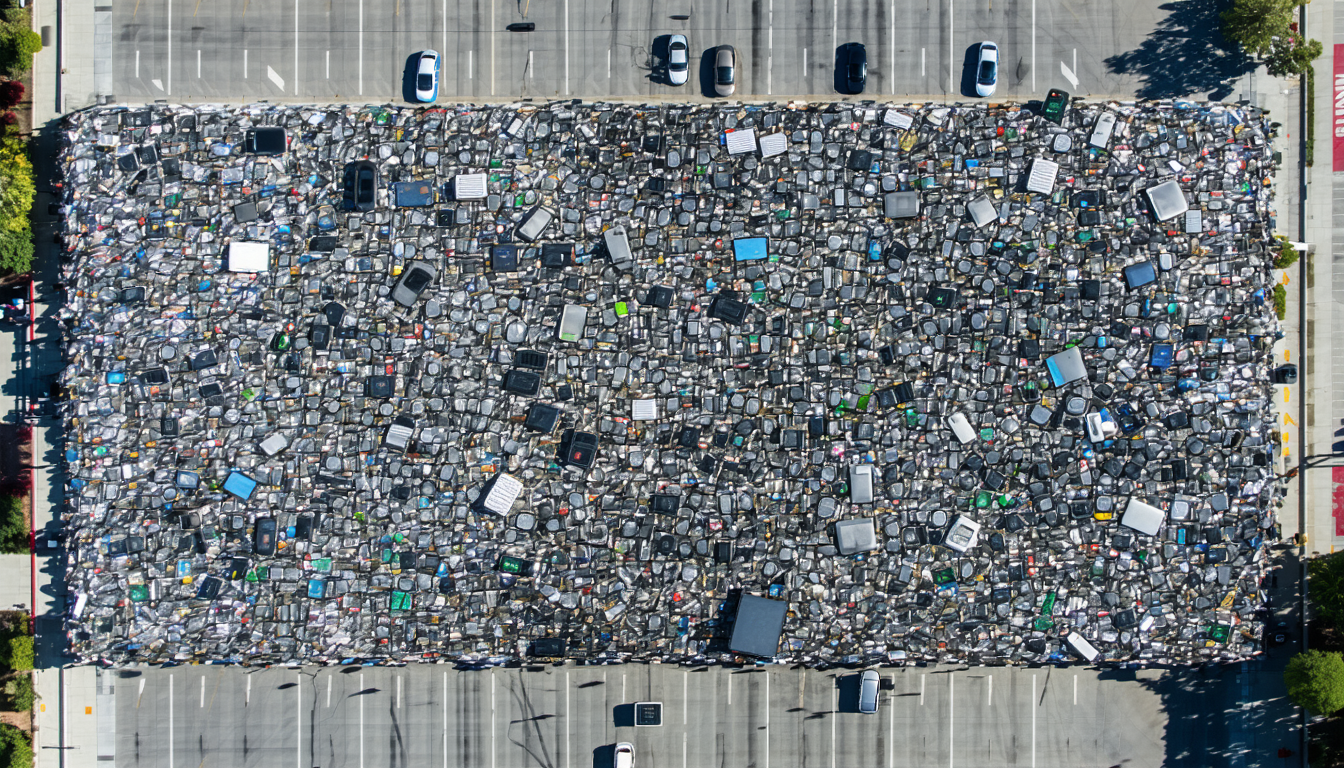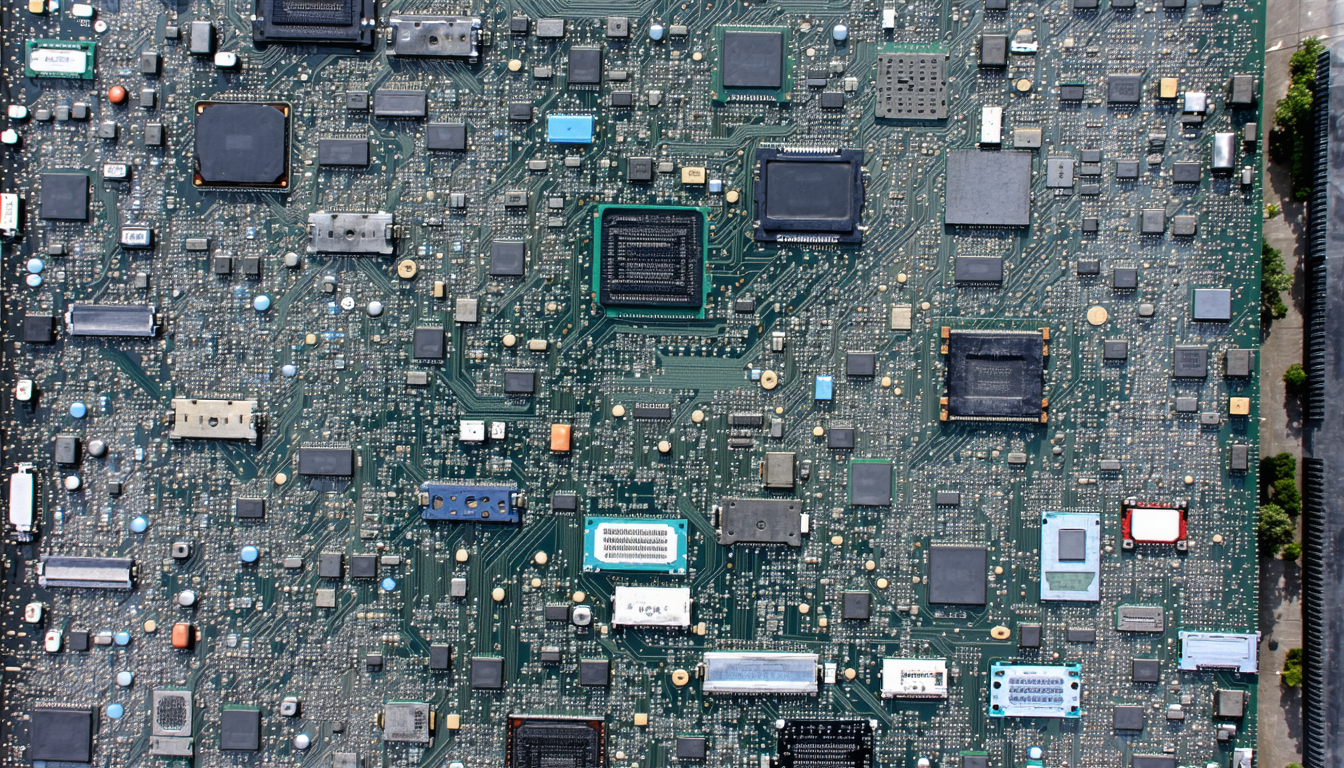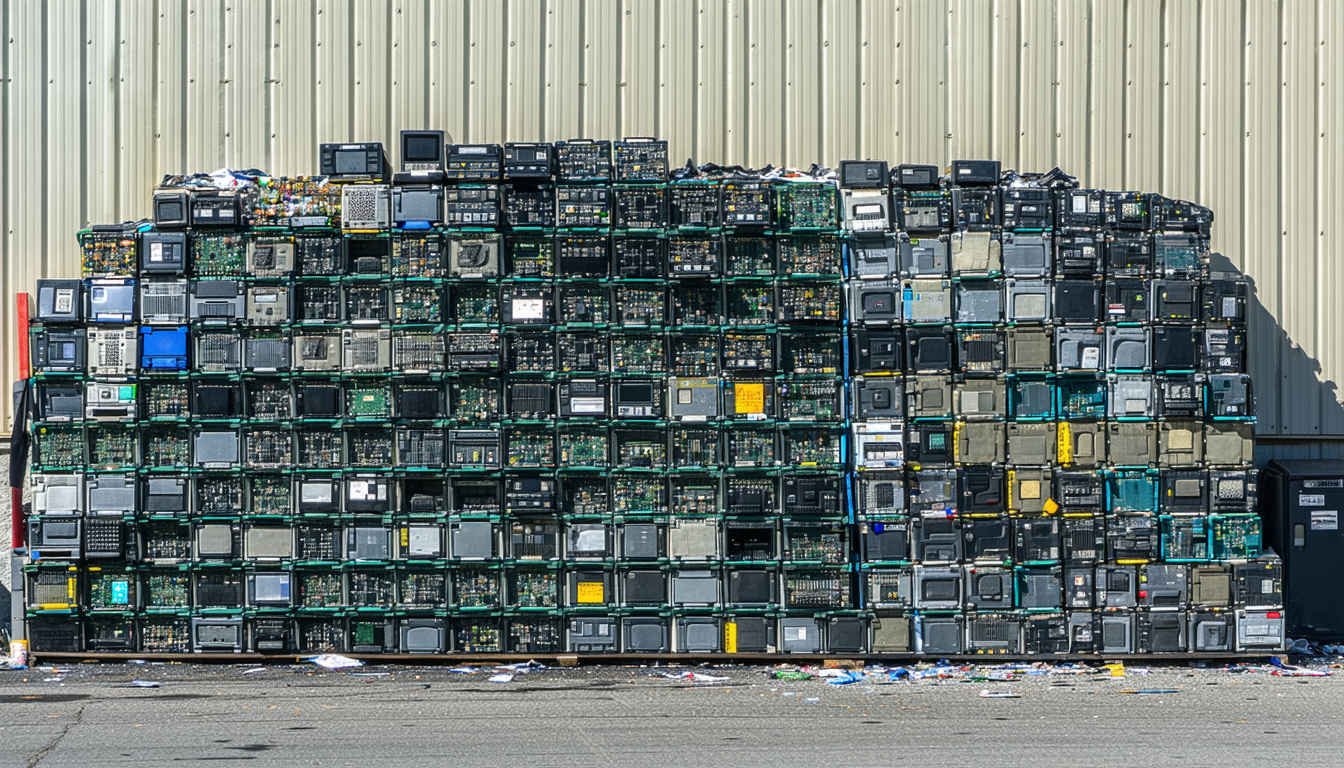Introduction
In the quiet suburban city of Chino Hills, California, a silent environmental crisis is brewing—electronic waste, or e-waste, is piling up at an alarming rate. As technology advances and devices become obsolete faster than ever, residents and local authorities are grappling with the safe disposal and recycling of electronic gadgets. This article delves into the current state of e-waste in Chino Hills, explores its impact on the community and environment, and highlights efforts to address this pressing issue. With actionable insights and expert opinions, we uncover what’s at stake for this Southern California city.
The Scale of E-Waste in Chino Hills
Chino Hills, a city of approximately 78,000 residents, mirrors a nationwide trend of increasing e-waste generation. According to the Environmental Protection Agency (EPA), the United States generated over 6.9 million tons of e-waste in 2019, with only about 15% being recycled. Locally, Chino Hills faces unique challenges due to limited recycling infrastructure and public awareness about proper disposal methods. Old smartphones, laptops, and household appliances often end up in landfills, releasing toxic substances like lead and mercury into the soil and water.
The city’s waste management reports indicate a 20% rise in improperly discarded electronics over the past five years. This surge aligns with the rapid turnover of consumer electronics, driven by frequent upgrades and planned obsolescence. Without intervention, the environmental footprint of e-waste in Chino Hills could worsen significantly.
Why E-Waste Matters to the Community
The improper handling of e-waste poses serious health and environmental risks to Chino Hills residents. Toxic materials from discarded electronics can contaminate groundwater, affecting drinking water supplies and local ecosystems. Additionally, illegal dumping—often seen in less monitored areas of the city—creates eyesores and safety hazards.
Local stakeholders, including environmental groups and small businesses, are feeling the impact. “The burden of e-waste isn’t just environmental; it’s economic too,” says Maria Lopez, a sustainability consultant based in Southern California. “Small businesses often lack resources to comply with disposal regulations, and residents are left confused about where to take their old devices.”
Current Initiatives to Tackle E-Waste in Chino Hills
Efforts to manage e-waste in Chino Hills are underway, though challenges remain. The city partners with San Bernardino County to host periodic e-waste collection events, allowing residents to drop off items like monitors, batteries, and printers for free. In 2023 alone, these events collected over 50 tons of electronics, diverting them from landfills.
However, accessibility remains an issue, as events are held only a few times a year. The city is also exploring permanent drop-off locations and partnerships with private recyclers. According to John Carter, a waste management official with the county, “We’re working on long-term solutions, but funding and public participation are critical to scaling these programs.”
Here are some key initiatives currently in place:
– Annual Collection Drives: Free drop-off events organized by local authorities.
– Educational Campaigns: Workshops to inform residents about e-waste hazards.
– Corporate Partnerships: Collaborations with tech companies for responsible recycling.
Future Implications and Potential Solutions
The e-waste crisis in Chino Hills reflects a broader national challenge that demands innovative solutions. If left unchecked, the accumulation of electronic waste could strain local resources and exacerbate pollution levels. Experts predict that without stricter regulations and better infrastructure, cities like Chino Hills may face fines or penalties under state environmental laws.
On the flip side, there’s room for optimism. Expanding access to recycling facilities, incentivizing manufacturer take-back programs, and integrating e-waste education into school curriculums could turn the tide. A balanced approach that involves government, businesses, and residents will be essential for sustainable progress.
Conclusion
The growing problem of e-waste in Chino Hills serves as a microcosm of a global issue—one that requires urgent attention and collective action. From toxic contamination risks to economic burdens, the stakes are high for this Southern California community. While current initiatives show promise, scaling these efforts through funding, awareness, and innovation is crucial. As Chino Hills navigates this environmental challenge, it sets an example for other cities across the United States to follow suit in tackling e-waste responsibly.
Frequently Asked Questions (FAQ)
1. What is considered e-waste in Chino Hills?
E-waste includes discarded electronic devices like smartphones, computers, televisions, batteries, and household appliances that are no longer in use.
2. Where can I recycle e-waste in Chino Hills?
Residents can participate in periodic collection events hosted by the city or San Bernardino County. Check the city’s official website for upcoming dates and locations.
3. Why is e-waste dangerous?
E-waste contains hazardous materials such as lead, mercury, and cadmium, which can leak into soil and water, posing risks to human health and the environment.
4. How can I help reduce e-waste in Chino Hills?
You can reduce e-waste by repairing devices when possible, donating usable electronics, and participating in local recycling programs instead of throwing items away.
5. Are there penalties for improper e-waste disposal?
Yes, improper disposal of e-waste can result in fines under California state laws. Always use designated drop-off points or events for safe disposal.



